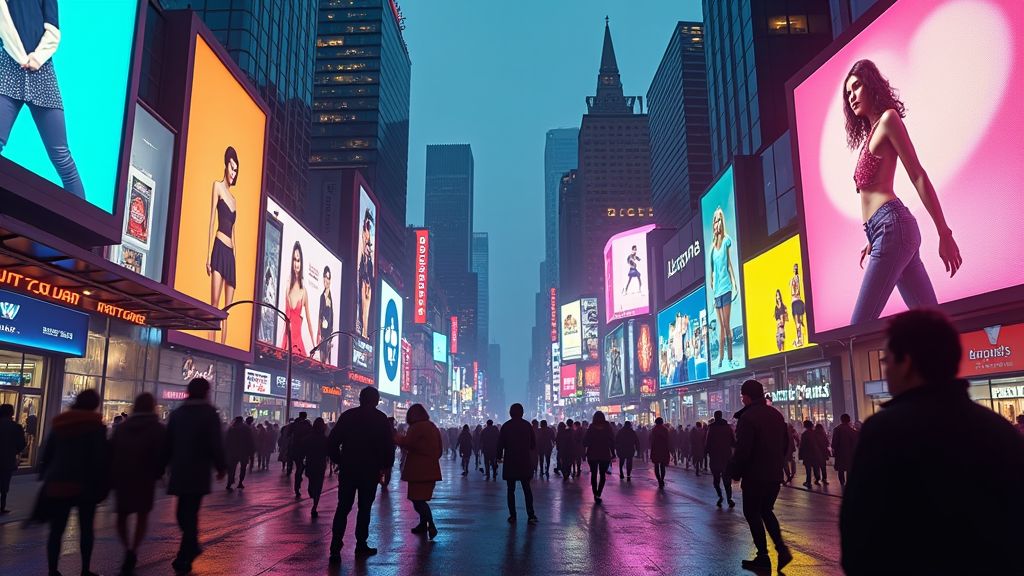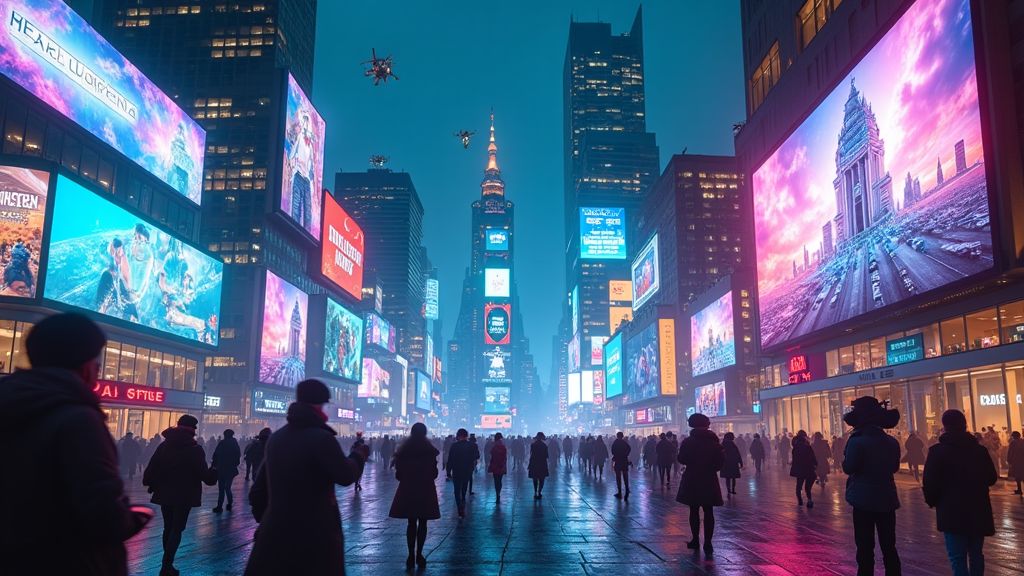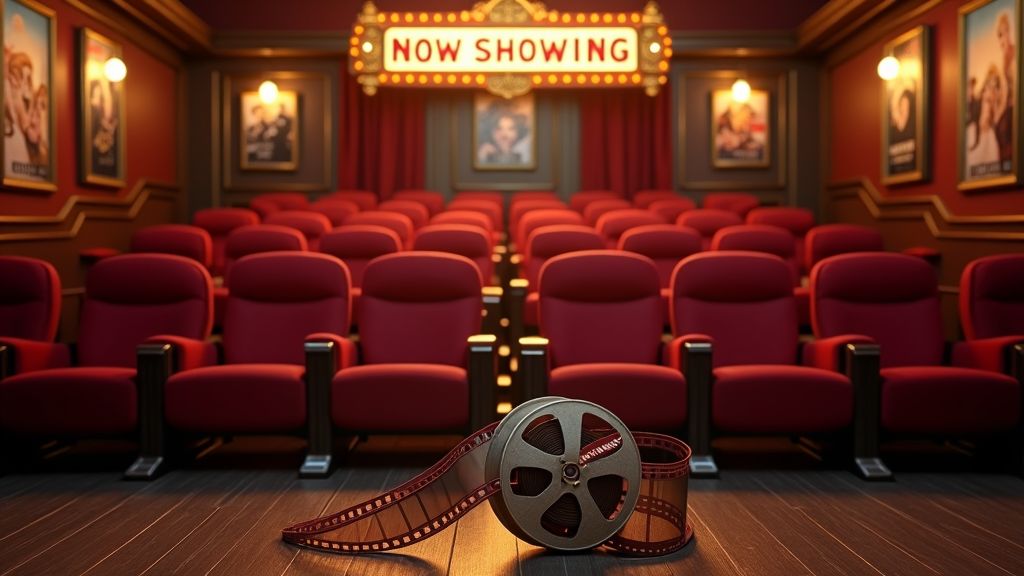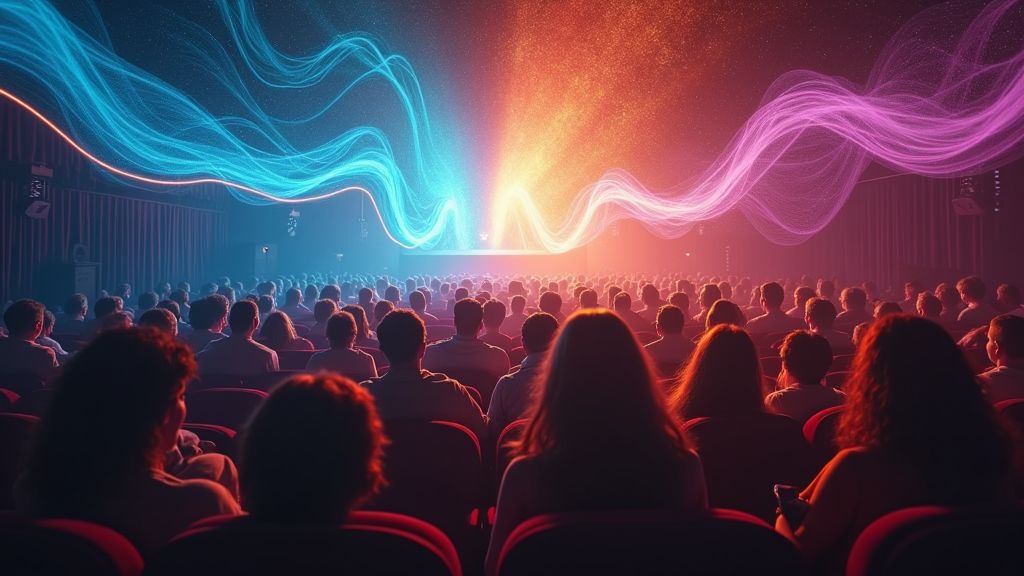Exploring the History of Live Entertainment Venues
When we think of live entertainment venues, images of bustling concert halls, historic theaters, and vibrant clubs may come to mind. These spaces have played a crucial role in shaping the cultural landscape of cities around the world, providing a platform for artists to showcase their talents and for audiences to come together in shared experiences. But how did these venues come to be? What is the history behind these iconic spaces that continue to draw crowds and captivate audiences to this day? Let’s delve into the rich tapestry of live entertainment venues and explore the stories behind their creation and evolution.
The Early Roots of Live Entertainment Venues
The history of live entertainment venues can be traced back to ancient times when performances were held in open-air amphitheaters or makeshift stages. In ancient Greece, theaters like the Theatre of Dionysus in Athens hosted dramatic plays and musical performances, setting the stage for the tradition of live entertainment. Fast forward to the Roman Empire, where colosseums like the Colosseum in Rome were used for gladiator contests and public spectacles, showcasing the thriving entertainment culture of the time.
The Rise of Theaters and Opera Houses
As civilization progressed, the concept of dedicated performance spaces began to take shape. The Elizabethan era in England saw the emergence of Globe Theatre, where renowned playwright William Shakespeare debuted his iconic plays. In the 17th and 18th centuries, opera houses like La Scala in Milan became prominent venues for operatic performances, blending music, drama, and elaborate sets to create immersive experiences for audiences.
The Birth of Modern Concert Halls and Arenas
The Industrial Revolution brought about significant changes in the design and construction of live entertainment venues. The 19th century witnessed the construction of grand concert halls like Carnegie Hall in New York City, providing acoustically optimized spaces for orchestral performances and recitals. In the 20th century, the rise of rock and pop music led to the creation of arenas and stadiums, such as Madison Square Garden in New York and Wembley Stadium in London, catering to mass audiences and hosting legendary concerts by iconic musicians.
The Evolving Landscape of Live Entertainment Venues
In recent years, live entertainment venues have continued to evolve with advancements in technology and changing audience preferences. The integration of state-of-the-art sound systems, lighting effects, and multimedia screens has transformed the concert experience, creating immersive environments where artists can connect with their fans on a deeper level. Pop-up venues, outdoor festivals, and alternative spaces have also emerged as new platforms for showcasing diverse forms of entertainment, reflecting the dynamic and ever-changing nature of the industry.













